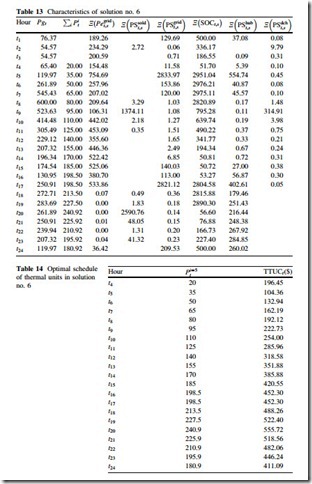Discussion
• The proposed methodology for energy hub management provides the ability for decision-maker to react to uncertain energy prices, demands, and renewable power generations. Numerical results show that in order to obtain lower values of expected energy procurement cost, more level of risk is inevitable. Hence, the decision-maker should take a compromise between economy and reliability of the energy hub.
• The proposed model can be easily adapted to any energy hub.
• Future work may address the issue of environmental impacts of energy hub. Furthermore, it could be assessed if trading emission allowance would be an interesting economic option for an energy hub.
Conclusion
A two-stage optimization technique is proposed as a powerful decision-making tool for energy management of an energy hub. The proposed model considers the impacts of price, demand, and wind power generation uncertainties and energy hub technical and economical constraints. It allows the decision-maker to decide about the amount of energy to be stored/released/consumed by energy hub. One of the main features of the proposed multiobjective optimization model is to consider both the cost of energy procurement and the associated risk. This chapter also demonstrates that employing a probabilistic approach for scheduling of energy hubs while considering the risk of energy procurement quantitatively, can make the decision-making process more reliable, economical, and resilient against various existing uncertainties.
